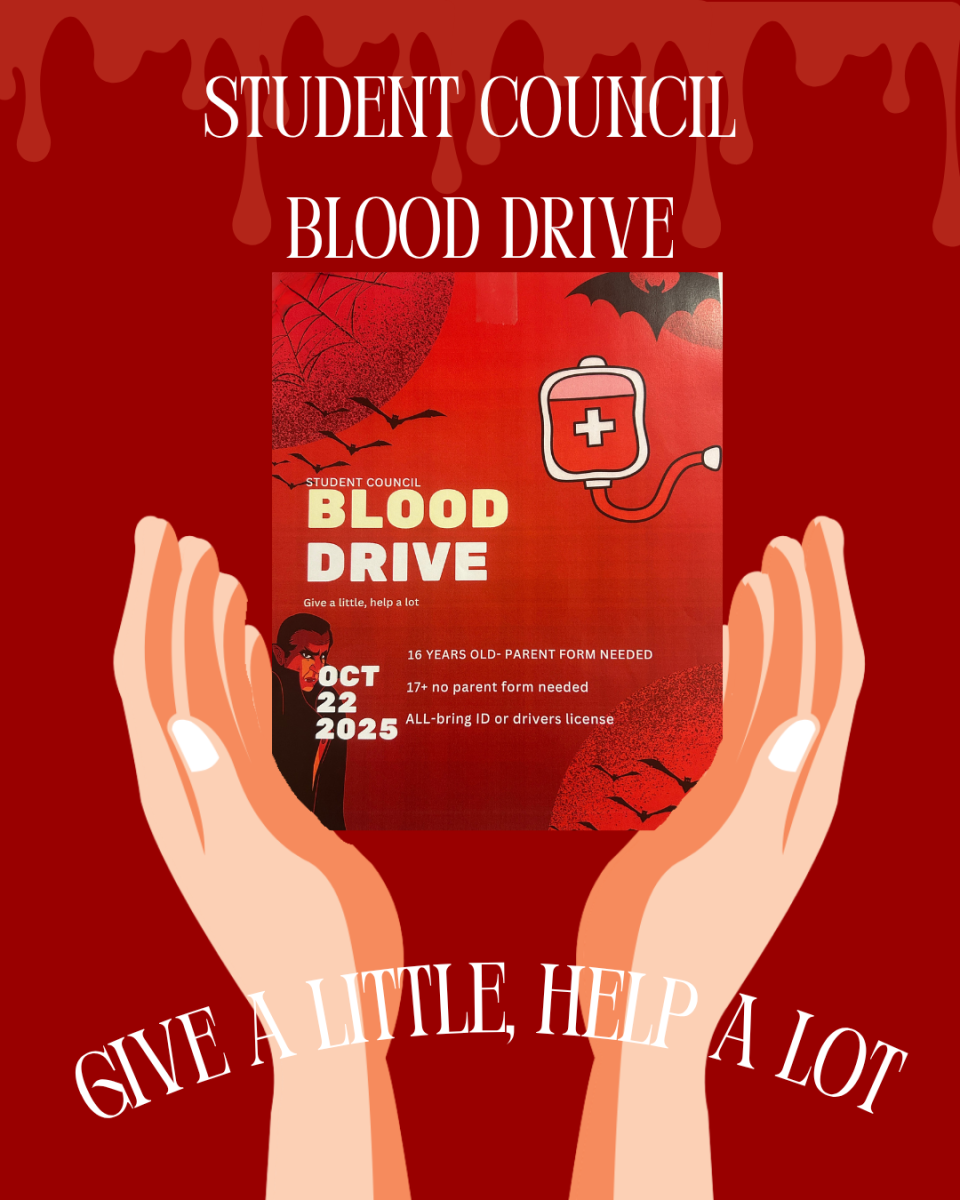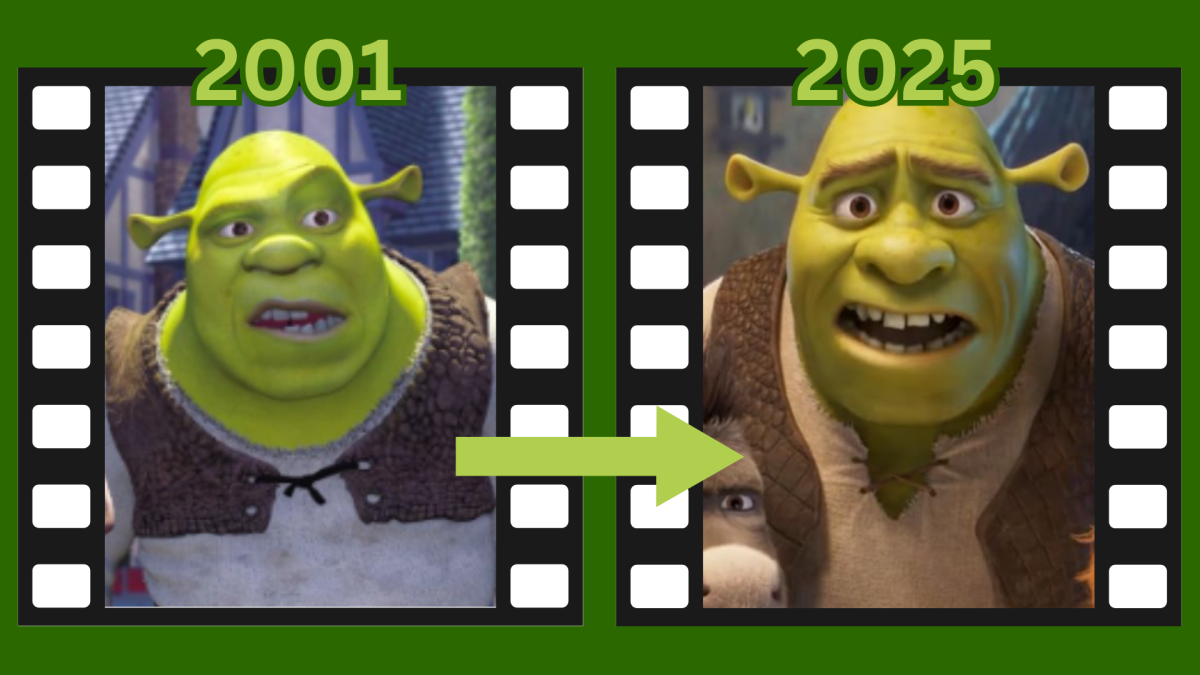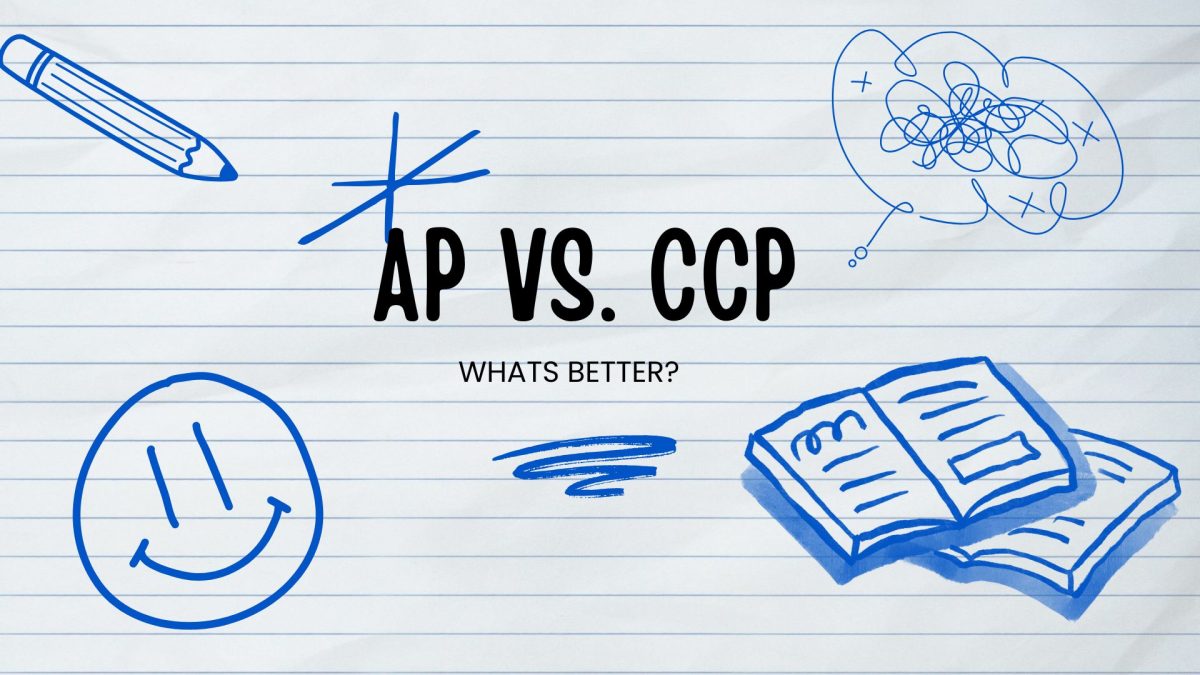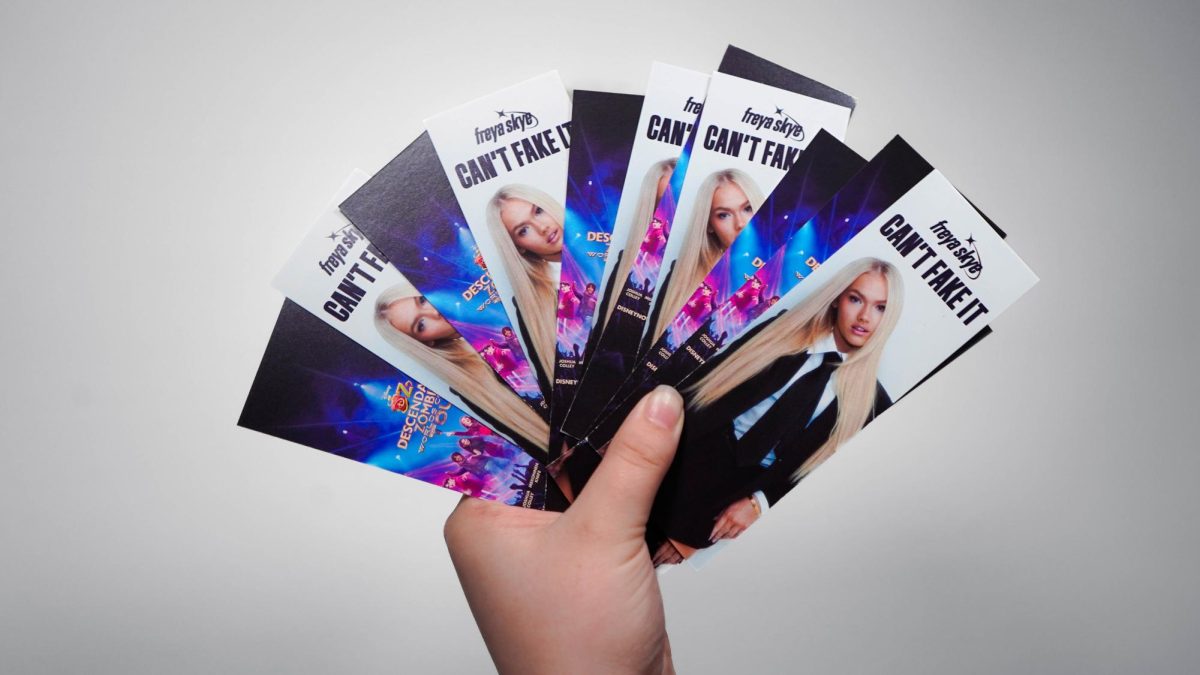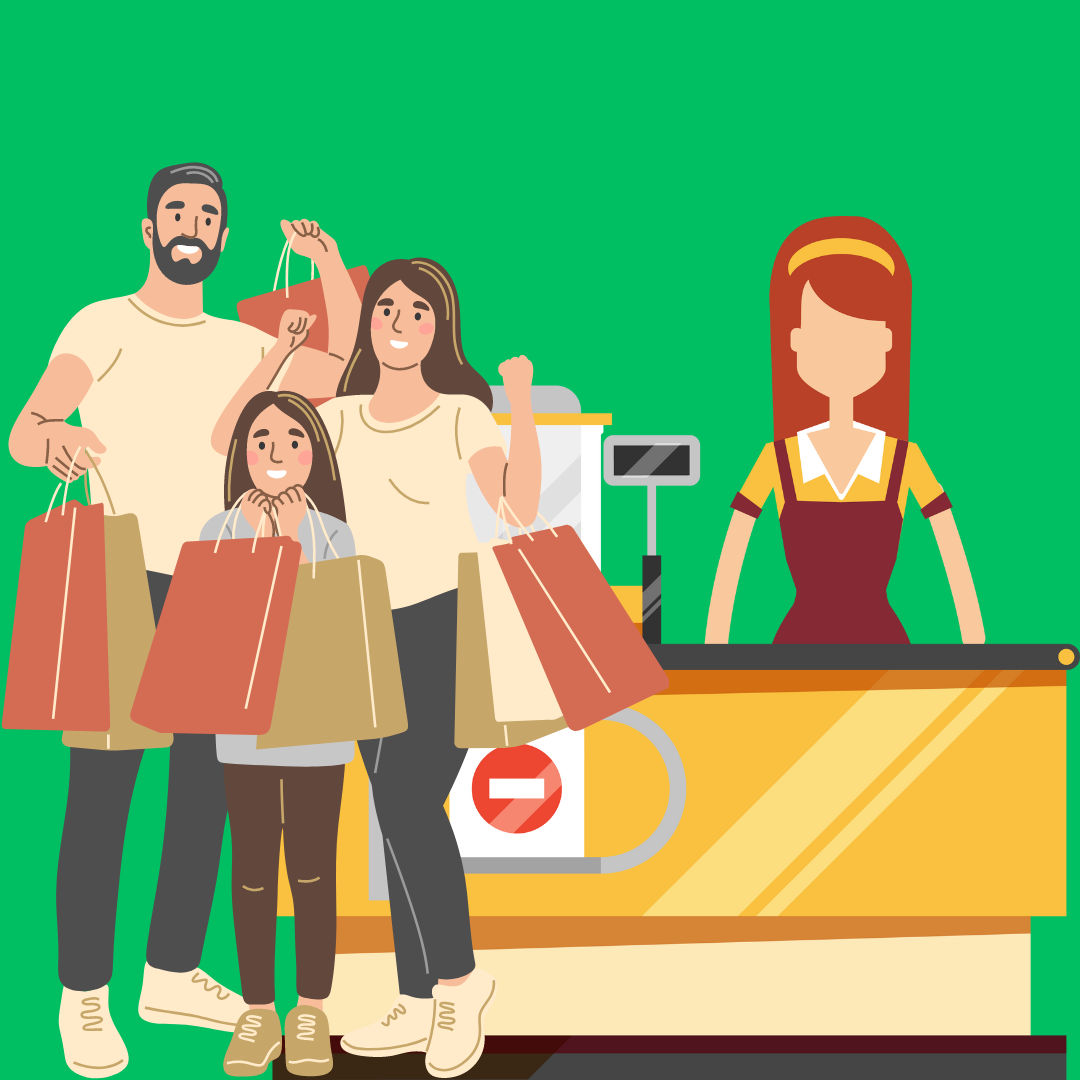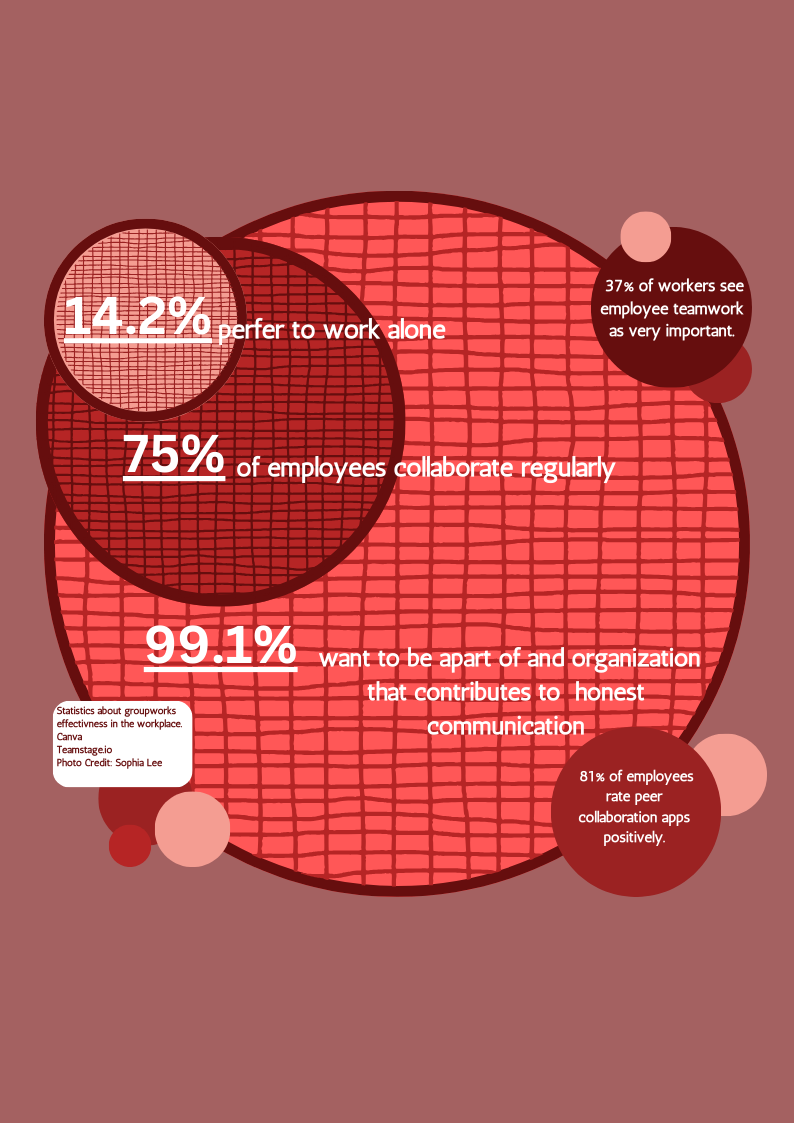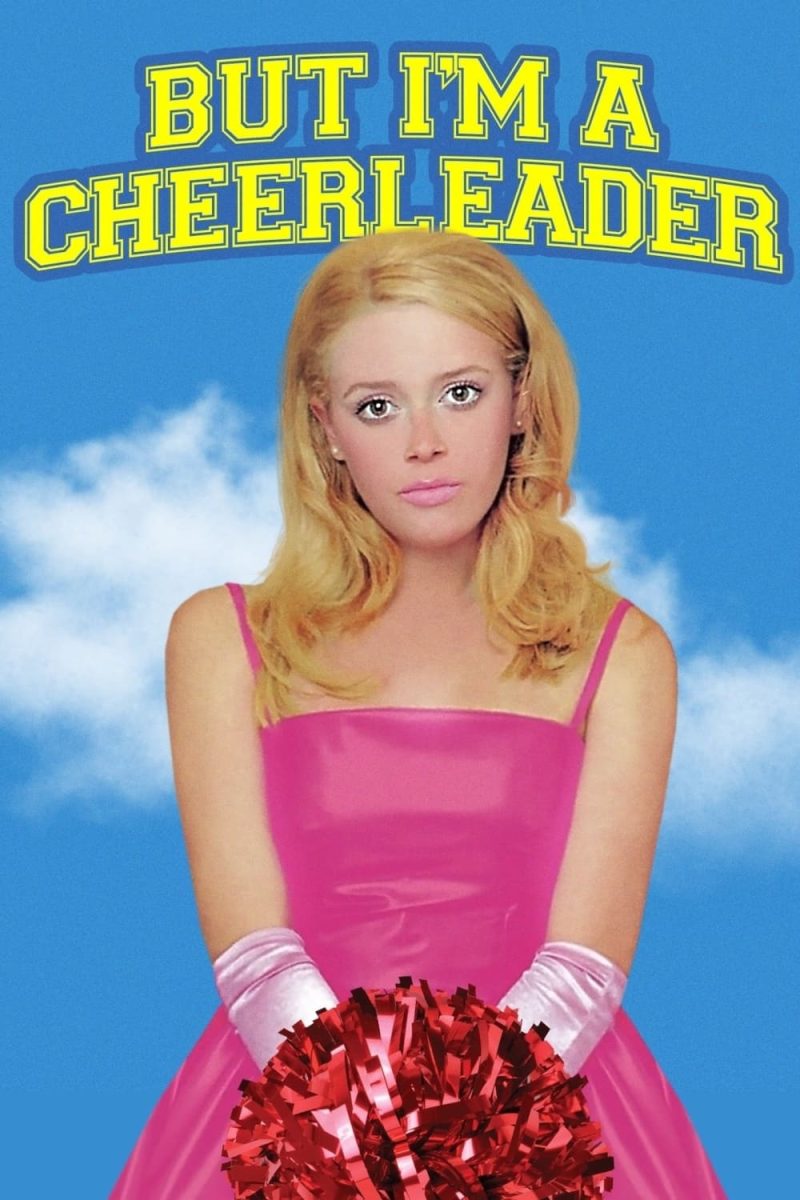Dear Over-consumers,
I know it’s easy to fall into a routine. We, as humans, have many common routines such as getting ready for the day, socks then shoes or grabbing coffee before school.
Other than that, we all are guilty of the most predominant routine: being on our favorite devices. 62.3% of people globally use social media on a daily basis. Think of it this way: What tells you to wake up, or to do important tasks, as well as keeping you socially interacting with others without being physically present?
A device, but that’s not the issue. It’s what’s fed to you on that device.
Popular users market products while imprinting their opinions and experiences on you. Buying online or following trends can lead to a lack of individuality, keep your pockets empty, impact the environment negatively and give you short-lived satisfaction.
You take away from natural resources and contribute to major pollution further damaging climate change. Interacting and buying solutions to problems you never had can create a cycle of influencers, influencing future influencers, and will be a constantly growing problem. You have the ability to choose when, where and who gets your money. Following trends can even influence you to drink more water, which alone isn’t harmless, but can have a major impact on your life.
Having a reusable water bottle can be an essential for everyday activities. It helps with hydration, it’s convenient and you understand the quality of the water you’re drinking. Most importantly it can reduce the amount of plastic water bottles that end up filling corners of the Earth.
When it comes to social media, water bottles follow a flow of trends. Most remember Hydro Flasks being the most popular water bottle, then Stanley’s, Owalas and now the newest trend, HydroJugs.
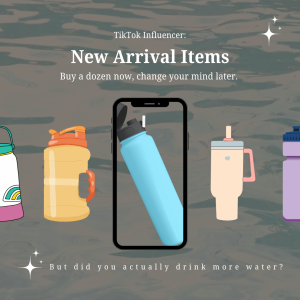
Most of these water bottles work exactly the same. They are there to provide water at convenience. But this isn’t promoted with the intention of improving your health.
This over-consumed item became a hit with influencers showcasing their newest hauls. Shelves full, cabinets full, trunks full, they are buying them in large quantities just to show them off or resell them for much more than the original value.
Nobody needs to be buying anything reusable by the dozen; everyone who wanted one could have it, initially.
When it comes to appearing to have more, the easiest way to show your worth is having lots of clothes, shoes and accessories. From your head to your toes, you need new items to cover your body almost every week to keep up with the never-ending transition of trends.
Watching $500 clothing hauls of your favorite influencers trying on outfits can be absolutely entertaining and you might save a check just to get the same satisfaction they appear to give. But would you really need $500 worth of clothes at once?
Remember, having influencer relationships are parasocial, they likely didn’t pay for the $500 worth of clothing and were likely given store credit while telling you to put in your card information. Not to forget–these clothes likely weren’t ethically sourced if they’re given to influencers for free.
While buying new can be fun, thrifting large hauls for cheap doesn’t eliminate this issue. Thrifting, while being cost efficient, having a large variety, while also having less of a direct impact towards the environment can also be over-consuming.
That’s where you need to put in the work of thinking before buying. Ask yourself: How many uses you think you could get out of the product? How many years would you keep it? Does it solve an ongoing issue?
The faster you learn to build healthy habits, the faster we, collectively, can fall into the routine of slowing down the carbon footprint and our spending habits. Being your authentic self, without needing to see others do it first, can be on the first steps to individuality and clear decision making.


